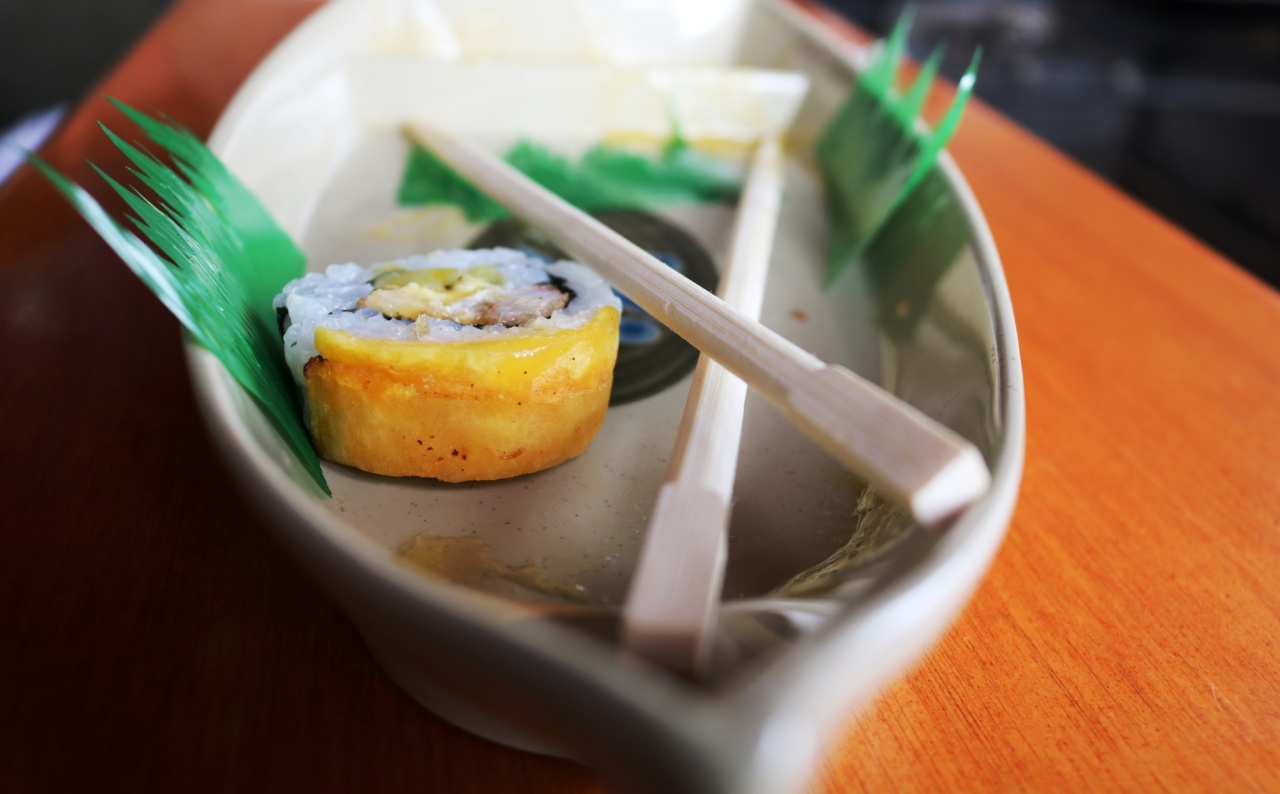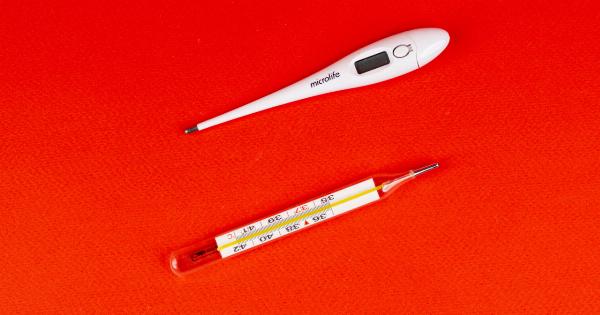Sushi has grown immensely popular in recent years, with restaurants and food stalls dedicated to this traditional Japanese delicacy popping up all over the world.
This delectable dish typically consists of vinegared rice, raw or cooked seafood, and various vegetables wrapped in seaweed. While sushi may seem like a healthy choice, it is not without its health hazards. In this article, we will explore some of the potential risks associated with consuming sushi and how to mitigate them.
1. Foodborne Illnesses
One of the primary concerns with consuming sushi is the risk of foodborne illnesses. Raw seafood, especially fish, carries a higher chance of contamination with bacteria, viruses, and parasites.
Some of the common culprits include Salmonella, Escherichia coli (E. coli), Vibrio vulnificus, and Anisakis.
These pathogens can cause a range of symptoms, including nausea, vomiting, abdominal pain, diarrhea, and even serious infections.
Individuals with compromised immune systems, pregnant women, and young children are particularly susceptible to these risks.
2. Mercury Poisoning
Another health hazard associated with sushi consumption is the potential exposure to mercury. Certain predatory fish, such as tuna, swordfish, and king mackerel, tend to accumulate higher levels of mercury due to their position in the food chain.
When consumed in excessive amounts, mercury can be toxic and cause neurological damage.
Pregnant women and young children, in particular, should be cautious about their intake of high-mercury fish as it can harm brain development and the nervous system.
3. Allergic Reactions
Sushi often contains raw seafood, which can trigger allergic reactions in individuals allergic to fish or shellfish.
These allergies can range from mild symptoms like hives and itching to severe anaphylaxis, a life-threatening reaction that requires immediate medical attention.
If you have a known allergy to seafood, it is essential to communicate your dietary restrictions to the sushi chef or server to avoid any inadvertent ingestion of allergens.
4. Cross-Contamination
Cross-contamination is a significant concern when it comes to sushi preparation. Raw and cooked ingredients are often handled in close proximity, increasing the risk of contamination.
If proper hygiene practices and separation of ingredients are not followed, bacteria or other pathogens present in raw fish can spread to other components.
It is crucial to choose reputable sushi establishments that adhere to strict food safety guidelines and maintain a clean and organized workspace.
5. Parasitic Infections
While relatively rare, certain parasites can be present in raw seafood and pose a risk of infection. Anisakis is a type of roundworm commonly found in fish like cod, herring, and mackerel.
If ingested alive, these parasites can cause a condition called anisakiasis, leading to severe abdominal pain, nausea, vomiting, and allergic reactions.
Freezing and cooking seafood can generally destroy these parasites. Thus, consuming cooked or properly frozen fish reduces the risk of parasitic infections.
6. Excessive Sodium Intake
Soy sauce, a common condiment served with sushi, is high in sodium. Excessive sodium intake has been linked to increased blood pressure, heart disease, and stroke.
The dipping of sushi in soy sauce, especially if done liberally, can significantly contribute to overall sodium consumption.
Choosing low-sodium soy sauce or using it sparingly can help mitigate the risks associated with excessive sodium intake.
7. Rice Quality and Bacterial Growth
Rice is a predominant component in sushi and can pose health hazards if not properly prepared or stored. Bacteria, such as Bacillus cereus, can grow on cooked rice held at improper temperatures for extended periods.
Consuming such contaminated rice can result in food poisoning, causing vomiting and diarrhea.
It is crucial to ensure that sushi rice is cooked and stored correctly, and sushi establishments follow strict food safety protocols for handling and storing rice.
8. Food Allergies and Sensitivities
Sushi often contains ingredients like sesame seeds, soy, and gluten-containing sauces like soy sauce and teriyaki sauce. Individuals with allergies or sensitivities to these ingredients should exercise caution when consuming sushi.
Reading ingredient labels and communicating dietary restrictions to the sushi chef can help avoid potential allergic reactions.
9. Cultural Considerations
While not a direct health hazard, it is worth considering the cultural and ethical implications associated with sushi consumption.
The overconsumption of certain ingredients, such as bluefin tuna, has led to severe depletion of fish populations and disrupted marine ecosystems. Choosing sustainable seafood options and supporting responsible fishing practices can help mitigate these concerns.
10. Pregnancy Concerns
Pregnant women should exercise caution when consuming sushi due to the potential risks of foodborne illnesses and mercury exposure.
High-quality sushi establishments follow proper food handling protocols and offer options with cooked seafood or vegetarian ingredients, making them safer choices for pregnant women.






























